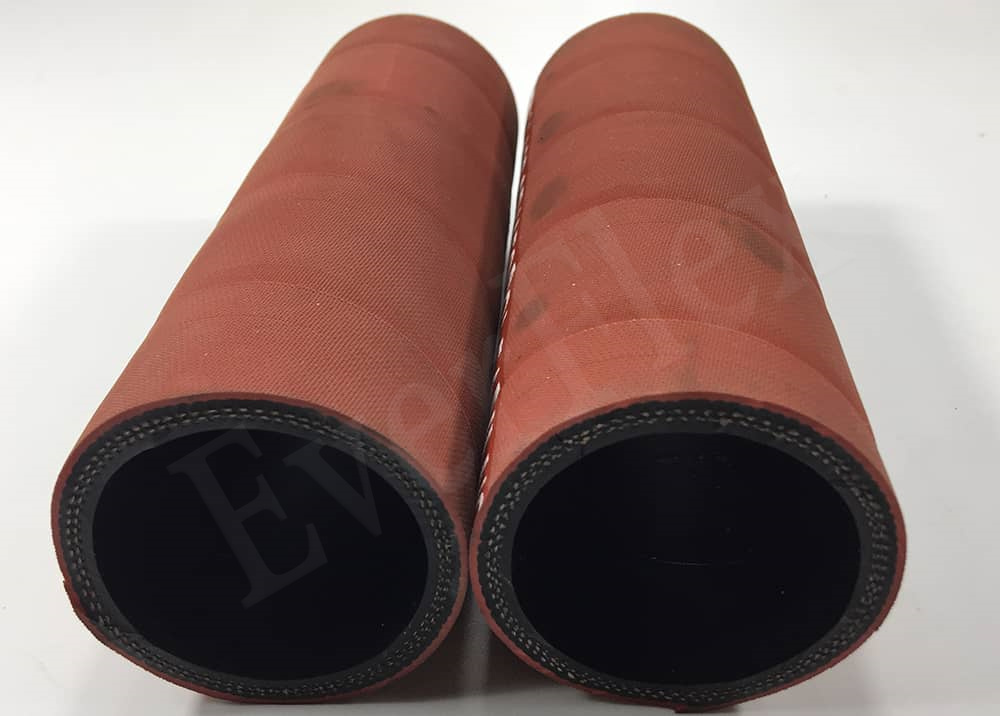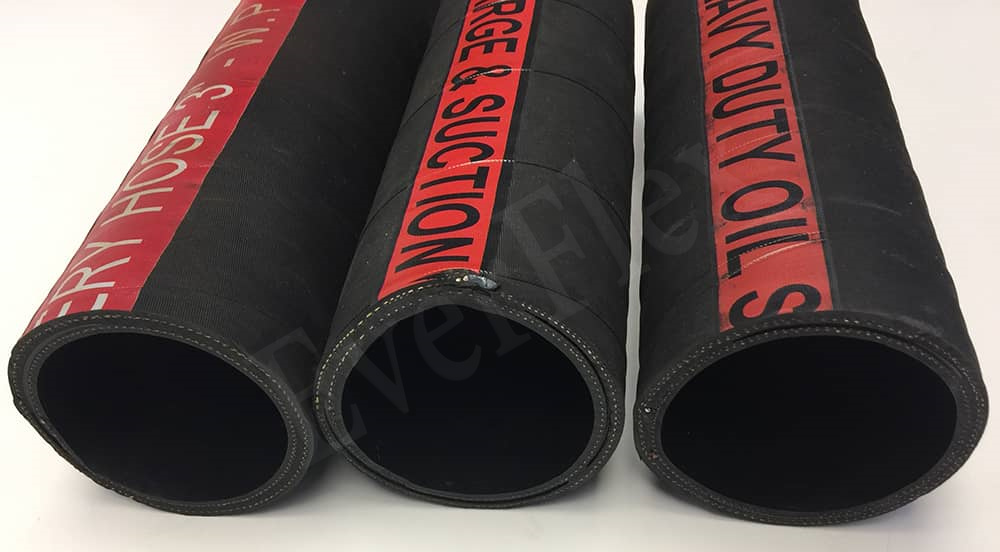Material differences
Grease delivery hoses are mainly made of synthetic rubber, PU and other materials. These materials have good oil and abrasion resistance and tensile strength. Thus it can deliver grease. In addition, the inner layer of grease hose is usually food grade material. So it can ensure the hygiene and safety of the medium.
There are many material choices for non-grease delivery hoses such as PE, PP, nylon, etc. They have good chemical and abrasion resistance as well as tensile strength. Because of the different mediums that it deliver, the inner tube material are various. But the point is that you should choose the right one that adapt to the medium.
Structural difference
The structure of grease delivery hose is usually a single-layer or double-layer spiral. The double-layer spiral structure can work at high pressure. Thus it is suitable for high-flow situations. In addition, grease transfer hose usually has a protective layer on the outside. This is to prevent external impurities from damaging the pipeline or contaminating the medium.
The structure of non-grease hose is mostly single-layer. Compared to grease transfer hose, it has a more smooth inner layer. Thus it can reduce the resistance and improve the efficiency. As for the outer layer, it can be various materials. Because the specific usage is
Application differences
Grease conveying hoses are widely used in petroleum, chemical, food, etc. For example, in the production of edible oils, grease transfer hose can transport raw oil from storage tanks to refining equipment. In the chemical industry, grease hoses can transport lubricant, naphtha, etc.
Non-grease delivery hose has a wider range of applications, such as medicine, pesticide, fertilizer, coating, etc. Taking the pharmaceutical industry as an example, non-grease delivery hoses can be used to transport raw materials and other substances. In the pesticide industry, this type of hose can be used to transport pesticide preparations, fertilizers, etc.






